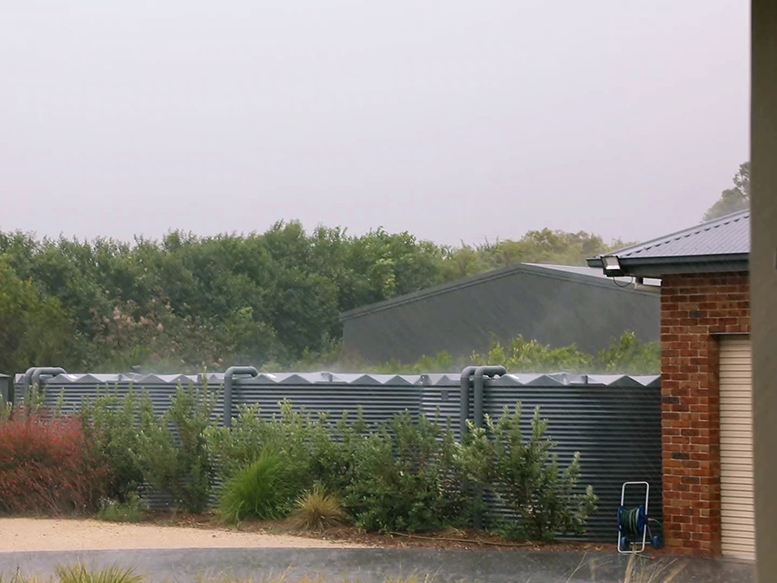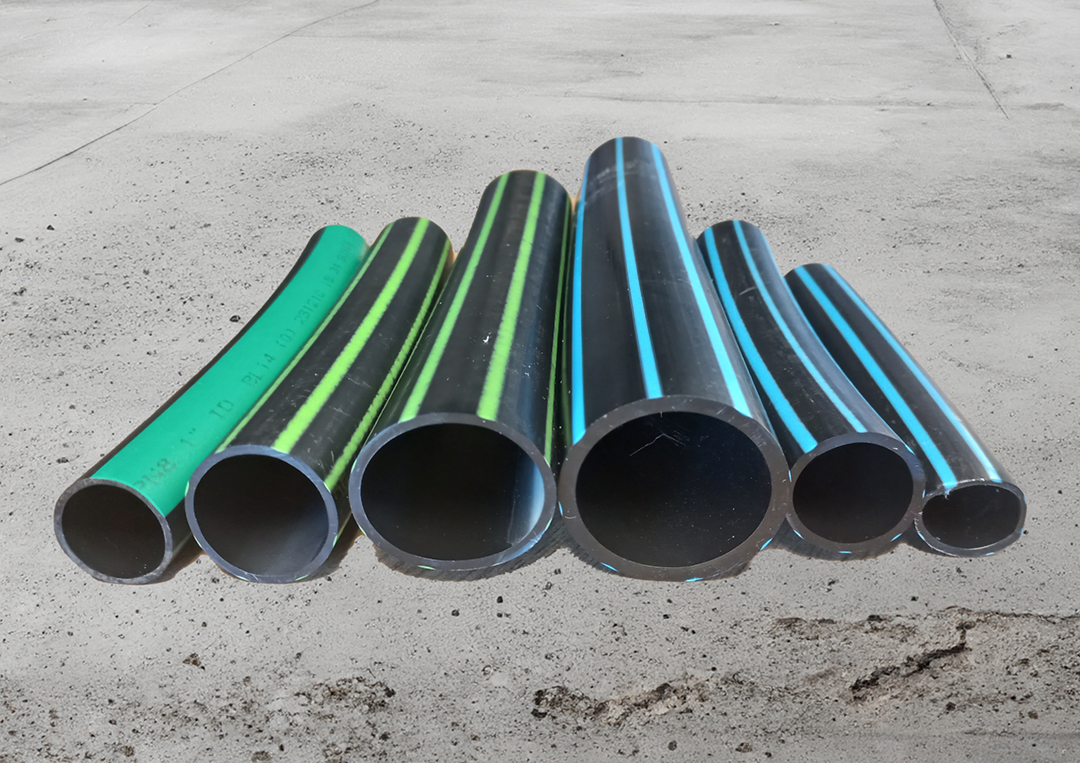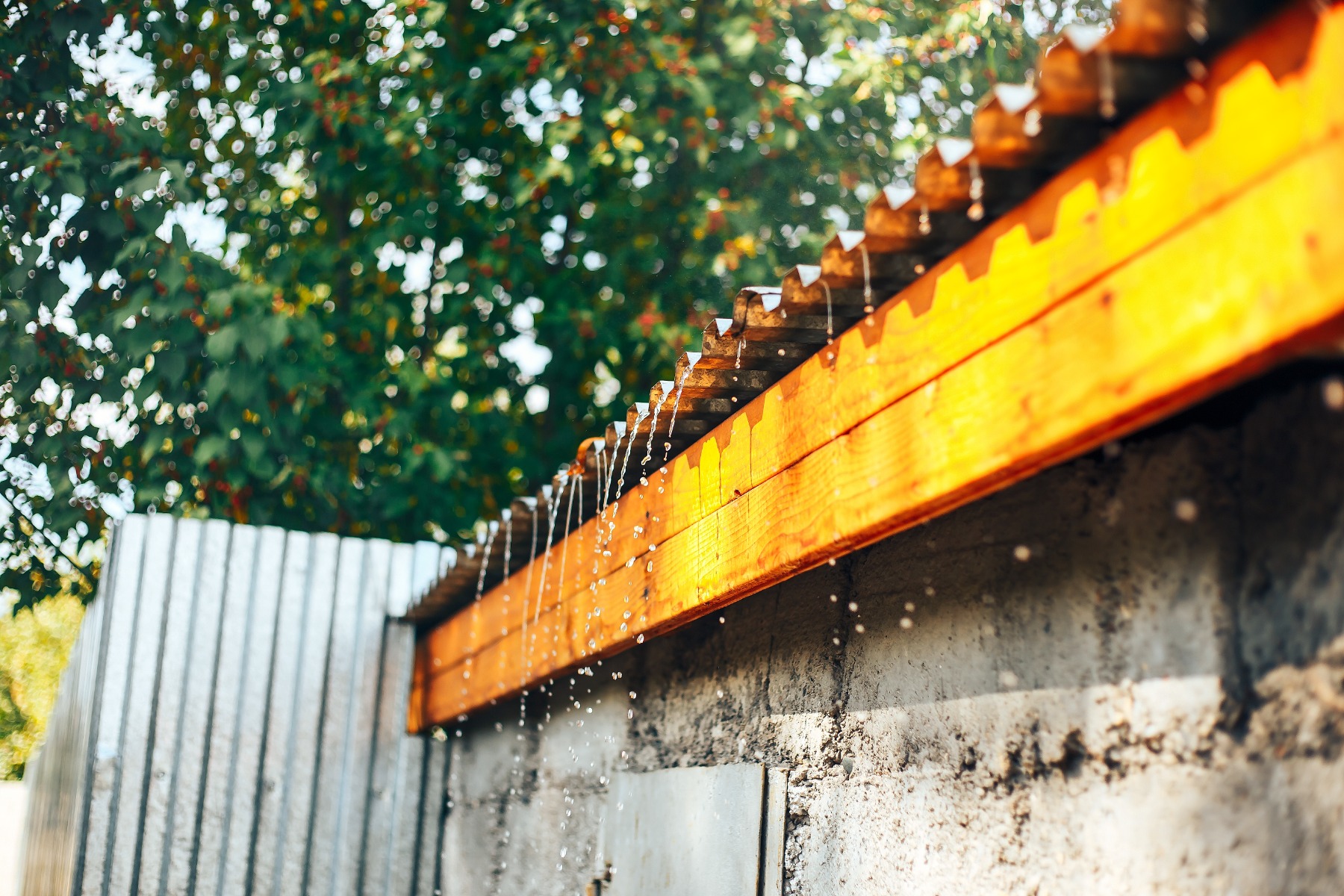A household water audit will raise awareness of how you use water and will help you to identify ways that you can minimise water usage through changing your habits and simple conservation measures.
Calculate Your water usage
The first step is to calculate your average daily water use from your water bill. Many water authorities will calculate your daily water usage and include it on your bill, but if not, your meter is read quarterly, plus or minus a few days, so you can calculate your average daily usage by dividing the total consumption for the quarter by 90 days. Your water bill reflects consumption measured in kilolitres, so multiply by 1,000 to convert to litres.
Water usage varies throughout the year and is generally higher in the warmer months due to outside water usage for gardening, lawn irrigation and pool top-ups. If you conduct your water audit in the cooler seasons, you should still consider the additional water you use in the summer months.
You can also read your water meter to obtain consumption information. Water meters measure the total amount of water used in your home and the standard Australian household water meter has black numbers and red numbers. Read the black numbers from left to right. The black numbers represent kilolitres (1,000 litres) and the red numbers represent litres. Water companies charge per kilolitre.
If you read your water meter at approximately the same time each day and note both the black and red numbers, you can calculate your water usage by subtracting the previous meter reading from the current reading.
You may want to measure water use for several days and then calculate a daily average. This is important, particularly in warmer months when usage increases may necessitate measurements over several days for an accurate determination.
Estimate where you use water
It is important to measure all water use, indoor and outdoor, to accurately estimate the quantity of water used. To determine how much water you consume in your home, it is necessary to measure water flow from each fixture in your house.
To calculate flow for taps (indoor and outdoor) and showerheads, turn the tap or shower on while holding a container under the tap for 10 seconds and measure the quantity of water in the container. Multiply the measured quantity of water by 6 to calculate usage in litres per minute.
To calculate flow for toilets, turn off the water supply to the toilet and mark the water line on the inside of the cistern. Then flush and refill the cistern with water using a measured container and measure the volume of water that is required to fill water back up to the water line mark inside the cistern and record this number. Repeat the process for half-flush and full-flush options. Turn the water on to the toilet to resume normal use.
If your appliances such as washing machines and dishwashers are relatively new, you may be able to obtain the water usage per cycle from the manufacturer’s specifications. Alternately, you can simply read your meter before and after using the appliance.
Calculate water usage
Finally, estimate how many times per day or how many minutes per day you use each fixture or appliance. Multiply the water flow per fixture by the minutes per day the fixture is used and multiply the usage for each appliance by the number of times the appliance is used each day.
The following table is a useful tool to evaluate water use in the home:
|
Device / Location |
Flow rate - litres/minute (A) |
Minutes of usage per day (B) |
Estimated daily usage (A x B) |
|
Kitchen taps |
|
|
|
|
Laundry taps |
|
|
|
|
Ensuite taps |
|
|
|
|
Ensuite shower |
|
|
|
|
Bathroom taps |
|
|
|
|
Bathroom shower |
|
|
|
|
Outside taps |
|
|
|
|
Sprinkler system |
|
|
|
|
Evaporative cooler |
|
|
|
|
Device / Location |
Litres per flush |
|
Flushes per day |
|
Estimated daily usage (C x E) + (D x F) |
|
|
Half flush (C) |
Full flush (D) |
Half flush (E) |
Full flush (F) |
|
|
Ensuite toilet |
|
|
|
|
|
|
Bathroom toilet |
|
|
|
|
|
|
Powder room toilet |
|
|
|
|
|
|
Device / Location |
Litres per load (G) |
Loads per day (H) |
Estimated daily usage (G x H) |
|
Washing machine |
|
|
|
|
Dishwasher |
|
|
|
|
TOTAL USAGE |
|
|
|
Estimate your potential savings
Now you understand how water is used in your household, you can see whether your household can adopt better practices to reduce the amount of water that you use, such as not letting the water run needlessly when washing dishes or brushing teeth, taking shorter showers, collecting water in showers and fixing leaking taps, or using drip irrigation systems, buried soaker hoses or watering by hand instead of wasteful sprinklers.
If a household of four people uses 1,000 litres per day, and they can reduce average usage to 175 litres per person, that is a saving of 300 litres per day or almost 110,000 litres per year. At a typical cost of $2.25 per kilolitre, that equates to savings of about $275 per annum.
Perhaps the biggest opportunity for reducing mains water consumption is the installation of a rainwater harvesting system. Today, an estimated 25% of Australian homes collect and store rainwater for domestic use, contributing around 177 billion litres to residential water supplies.
Rainwater collected from a well-designed harvesting system can be suitable for all domestic uses. Even with irregular rainfall, for many householders in regional New South Wales, a well-designed system with a 10,000L water tank can satisfy three-quarters or more of their total household water needs.
Remember that the water minimisation efforts of multiple household’s ripple outwards to:
- reduce the need for new dams or desalination plants;
- protect remaining environmental flows in rivers;
- reduce infrastructure operating costs, and,
- decrease stormwater runoff, thereby helping to reduce local flooding and scouring of creeks.
If you want to create an effective rainwater harvesting system, talk to our expert team to find out how we can help you. Call our team on 1800 816 299 or email sales@rapidplas.com.au with your enquiry.














